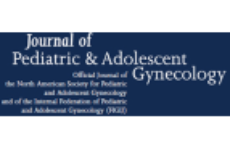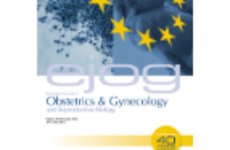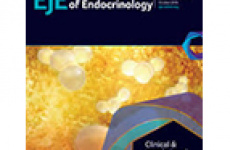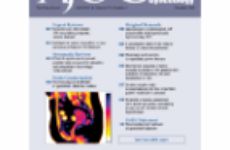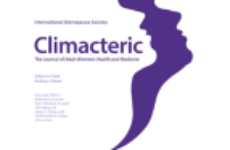 Any screening approach, including with cell free DNA, will have an inferior detection rate compared with 100% diagnostic testing with chromosomal microarrays. Cell free DNA based screening, however, should not be seen as a threat to informed choice or maximising the benefits of diagnostic testing.
Any screening approach, including with cell free DNA, will have an inferior detection rate compared with 100% diagnostic testing with chromosomal microarrays. Cell free DNA based screening, however, should not be seen as a threat to informed choice or maximising the benefits of diagnostic testing.
Screening methods have become so much better that more women are now comfortable relying on such screening and do not need the certainty of a diagnostic test. This has not lead to a decline in detection of fetal chromosome abnormalities—in fact, we are now seeing historically high yields from prenatal screening.
There are both economic and ethical consequences of offering universal diagnostic testing and abandoning the presumption of a normal infant in otherwise uncomplicated pregnancies. However, for some women, comprehensive information careful and comprehensive explanation of the risks and benefits of each, results in outcomes that are best aligned with woman’s preferences while at the same time requiring fewer diagnostic tests and lowering costs.
It is one of the primary challenges of the modern era of prenatal testing to ensure that women receive sufficient information on which to make informed decisions.
Lisa Hui Mary Norton
Prenatal Diagnosis, Volume38, Issue4, March 2018, Pages 246−249




